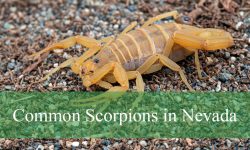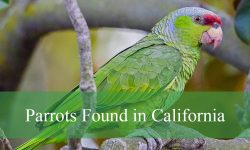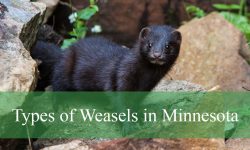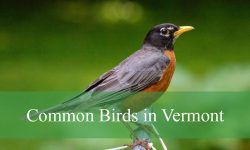You might probably be surprised that many spiders look like crabs. These spider species mainly come from Gasteracantha, Thomisidae, Philodromidae, Selenopidae, and sparassidae.
These invertebrates have no close similarities with crabs. But their physical appearance might look like those of crabs. This article provides descriptions and pictures of spiders that resemble crabs.
Are Spiders That Look Like Crabs Poisonous?
Most crab-looking spiders are venomous though they have too small mouthparts that can pierce human skin. But the bite can cause only mild pain without long-lasting side effects.
If you suffer from allergies, the venom from these crab-like spiders can cause severe symptoms that may require professional doctor interventions.
These spiders do not build webs and go out to hunt either. They use camouflage to hide and wait for potential prey within their surroundings.
Most crab-like spiders live in gardens and landscape areas since they have an abundance of insect prey. The ability to walk sideways like a crab is the reason behind their names.
Spiders That Look Like Crabs (With Pictures)
Have you ever heard of a tiny spider that looks like a crab? Here is a list of 20 spiders that resemble crabs in North America:
Spinybacked Orb Weaver
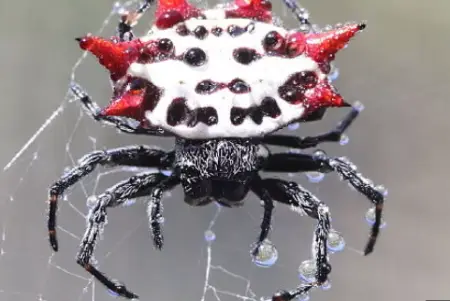
It is also known as a crab-like spiny orb weaver spider due to its crab-like appearance. These spider species are native to North and South America with few species in the Caribbean.
These brightly colored spiders have six spiny legs jutting out from the abdomen edges. But the male species do not have spines and bright colors.
The tiny spider resembling a crab is harmless to humans and pets. People with sensitive skin might experience irritation from the bite or sting of female species.
Selenops Submaculosus
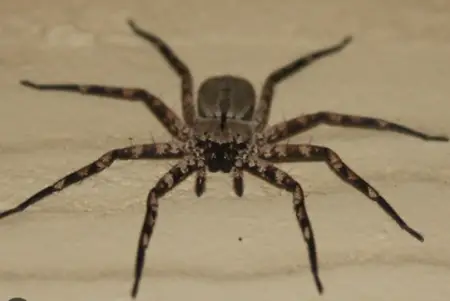
It is a flatty spider species common in the United States, Cuba, the Bahamas Islands, and the Cayman Islands. This spider that looks like a crab in Florida belongs to selenopidae family.
The quick speed and secretive lifestyle make these crab-like spiders go undetected. These spiders can travel for a long distance on Ocean flotsam and items transported by humans.
Eurasian Running Crab Spider
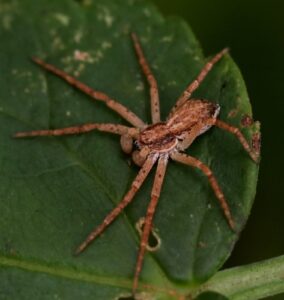
It is a spider that looks like a hermit crab often seen in bushes and on trees. The Eurasian running crab spider is also known as the Philodromid crab spider.
Female spiders vary in color and size than their male counterparts. Most male Eurasian running crab spiders are shiny black or dark brown with white edging.
These agile hunters do not rely on their webs to capture their prey. They are known to ambush potential prey within their surroundings.
Metallic Crab Spider
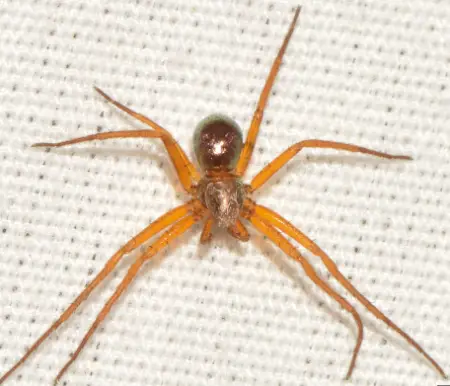
These spiders have skinny legs and move at a high speed. They can capture fast-moving prey and run away from predators.
The long legs have similar lengths which make the spiders not look like true crabs. The dark brown abdomen with some rose gold coloration is the distinctive feature.
Their carapace and abdomen reflect light like metal. These physical characteristics are the reason behind the metallic name. They live in tall grass, tree branches, and leaves.
Oblong Running Spider
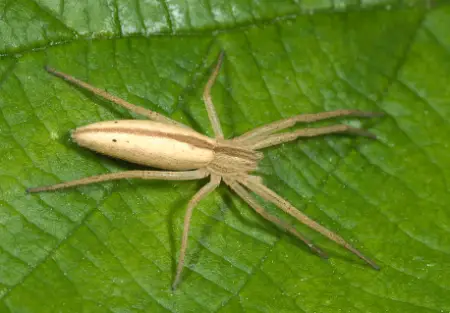
These are medium-sized spiders native to North America. Oblong-running spiders live in herbaceous plants and tall grasses.
These crab-like spiders have long and slender bodies that are hairy and flattened. Females are brighter and larger than their male counterparts.
The brown to yellow cylindrical-shaped abdomen with dark brown markings are the distinctive features. They also have a broad brown stripe with narrower and fainter lateral stripes.
Pantropical Huntsman Spider
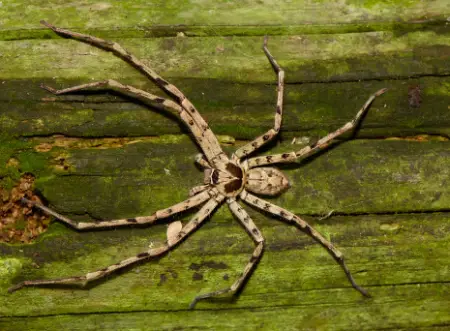
It is a fast-moving spider that uses this strategy effectively to ambush predators. Pantropical huntsman spiders are also called giant crab, cane, and banana spiders.
These large spiders love living in mine shafts, wooden shackles, forests, and woodpiles. They have eight eyes and can grow to 30cm in leg span.
The forward legs extend into a crab-like prose to capture the prey. They also bite to defend themselves and the bites can cause pain, swelling, and redness.
Giant Crab Spider
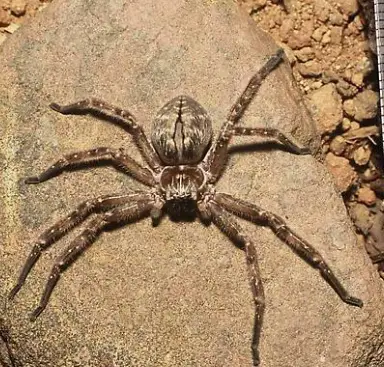
It is also known as the golden huntsman spider and the most significant species in North America. The head has a sandy color and the legs have short hairs.
The round abdomen has a narrow stripe running down the center with an ending point. The lightning-speed characteristics allow them to ambush their prey.
These spiders prefer living in desert areas though they can still wander in your home. They are often seen in the western and southern United States during summer.
Deadly Ground Crab Spider
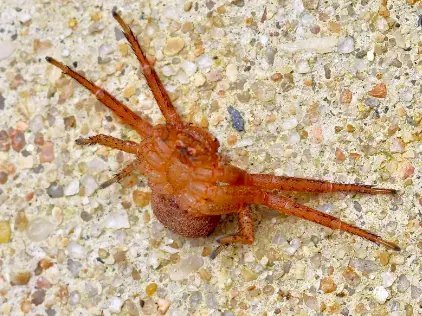
These spiders are harmless to humans and pets regardless of their names. These orange-colored spiders feed on small insects on the soil and are common in North America.
This orange spider that looks like a crab has curved legs that resemble the true crabs. The abdomen and legs have dark orange bumps.
Females can grow up to 10mm long and their male counterparts up to 5mm. The second pair of legs is larger than the third and fourth pairs.
Diaea Livens Spider
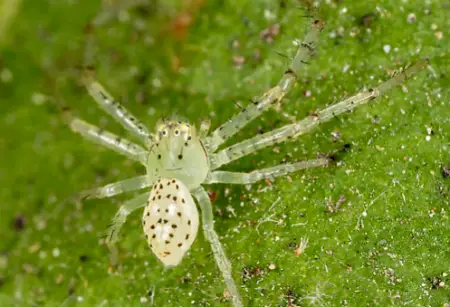
This tiny spider that looks like a crab belongs to the Thomisidae family and was introduced into the United States from Iran, Turkey, and Europe.
They are highly susceptible to ambush by predators that can move in all directions. They are non-aggressive and seldom bite humans or pets.
These spiders hide most of the time in their surroundings to ambush unsuspecting prey. Thanks to their small-size and crab-like appearance.
Multicolored Bark Crab Spider
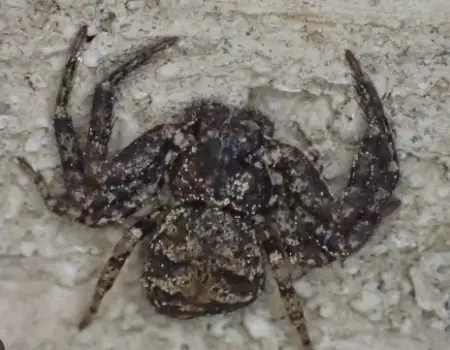
Multicolored bark crab spiders have unique movement traits. They can walk forward, backward, and sideways with their long front legs that can capture the prey.
This black spider that looks like a crab has a light brown to ivory patches. The wide and flat abdomen can easily blend with their surroundings.
They spend most of their time roaming in trees for tiny insects. They are often seen in forests, parks, and woods.
Swift Crab Spider
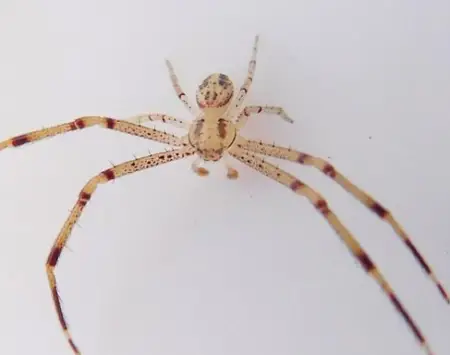
It is a relatively larger crab-like spider native to North America and vulnerable to predators. The spider usually sits and waits for passing prey in the flowers or plant stalks.
The front pair of legs are long and are ideal for capturing their prey. Female species are larger than their male counterparts and usually eat their mates after breeding.
Male swift crab spiders are darker than their females with red bandings on their legs. The white abdomen has four brown spots that form a V-shape from the middle to the rear part.
Most female species have yellow coloring on their round abdomens with some red streaks or brown spots, or white with dull brown streaks.
Elegant Crab Spider
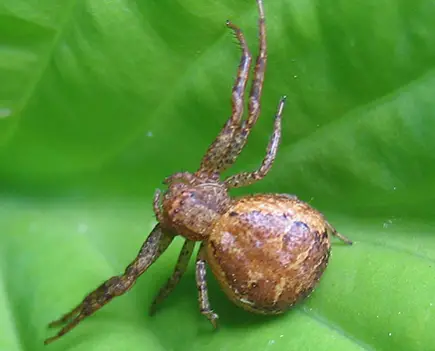
These medium-sized spiders are common in the United States with females growing up to 10mm long and their males up to 5mm.
The brown cephalothorax (a region near the head) has lighter areas or is sometimes outlined by a white color. Some have a tan band through the eyes and brown spots outlined white on the abdomen.
The uniform brown legs are the distinctive features. These spiders prefer living in the woodlands due to plenty of ground debris.
Tan Crab Spider
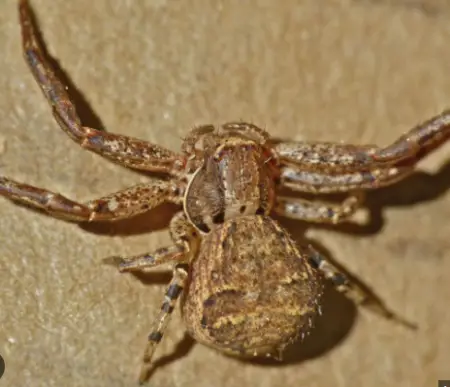
This tiny dull red spider that looks like a crab is common in New Jersey in the United States of America. These spiders can walk in all directions with their longer front legs raised in the air.
They use their long legs to grab and hold their prey ambushed from the flowers. They are non-aggressive and harmless to humans.
Tuberculated Crab Spider
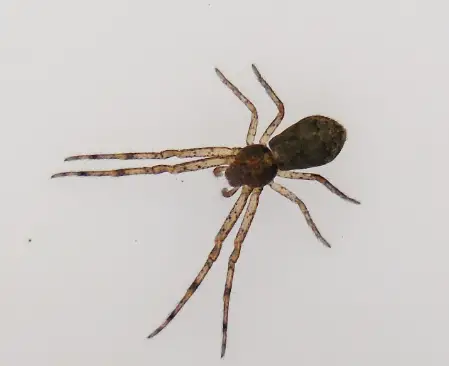
These crab-like spiders are native to North America and love ambushing pollinating insects that land on flowers to collect pollen or suck nectars.
They pose their front long legs like crabs and move sideways rather than forward. Females are always larger than males.
Black-Banded Crab Spider
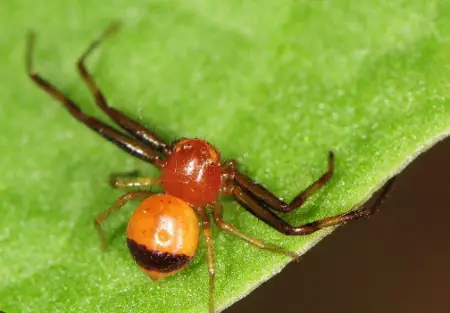
This brown crab spider has long front legs and shorter back legs. They have small red to the brown colored abdomen with a black crescent-shaped marking at the end.
The markings on the abdomen make these crab-like spiders look like their rear has been dipped into black ink. They spend most of their time in flowers ambushing potential prey.
Northern Crab Spider
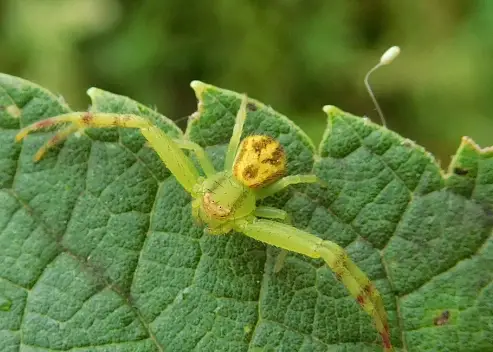
These spiders are often found throughout North America and love hunting prey in flowers that resemble their bodies. They are covered in stiff spines with a white ocular region.
Red streaks with a brown to red V-shaped at the posterior half of the abdomen and yellow legs are the distinctive features. The streaks on the abdomen usually point toward the back.
White-Banded Crab Spider
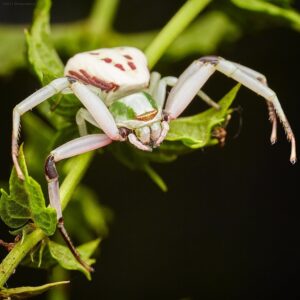
This crab-like spider has a white line running through their eyes and belongs to the Thomisidae family. These spiders spend their time in flowers waiting and ambushing their prey.
The front pair of legs are strong for seizing their prey. The females are larger than their male counterparts and can change their color from yellow to white depending on their environment.
Male spider species have solid colors with darker front legs and gold-colored abdomen. They are often seen throughout the United States.
American Green Crab Spider
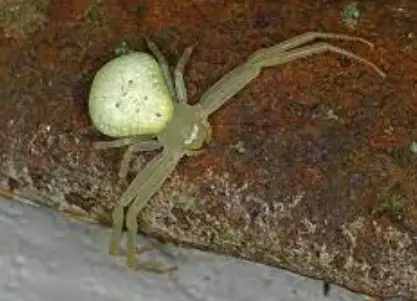
These are among a few crab-like spiders that can walk sideways, forward, and backward with long front legs that grab and hold their prey.
These spiders have bright neon green bodies and love to hide in flowers with similar petals. They also have a diamond-shaped slender abdomen with red bands on their sides.
If you live in Alabama, Georgia, and Indiana, you are likely to encounter these spiders in your backyard summer flowers.
Goldenrod Crab Spider
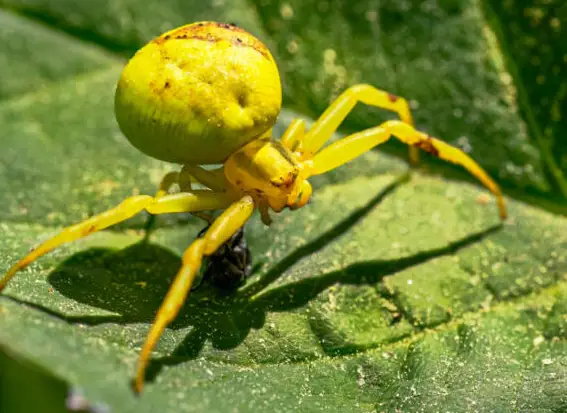
These spiders that resemble crabs usually use camouflage for defense and also ambush potential prey within their environment. They love sitting in the flowers waiting for pollinating insects.
Male spiders have darker front legs and pale green back legs. The cream-to-white abdomen with two red lines running from the center to the back is the distinctive feature.
Female goldenrod crab spiders have paled-colored legs and white or yellowish abdomens without red banding. They prefer living in the forest areas of North America.
My Final Thoughts
Spiders that look like crabs sound like a fantasy movie, right? But these fascinating creatures do exist in this world. They have tiny mouthparts that are harmless to humans though some species may be poisonous.
Most crab-like spiders are common throughout North America and are often seen in gardens or parks during the summer. Feel free to share the pictures of some crab-like spiders with us via the contact page.
People Who Read This Also Read:

